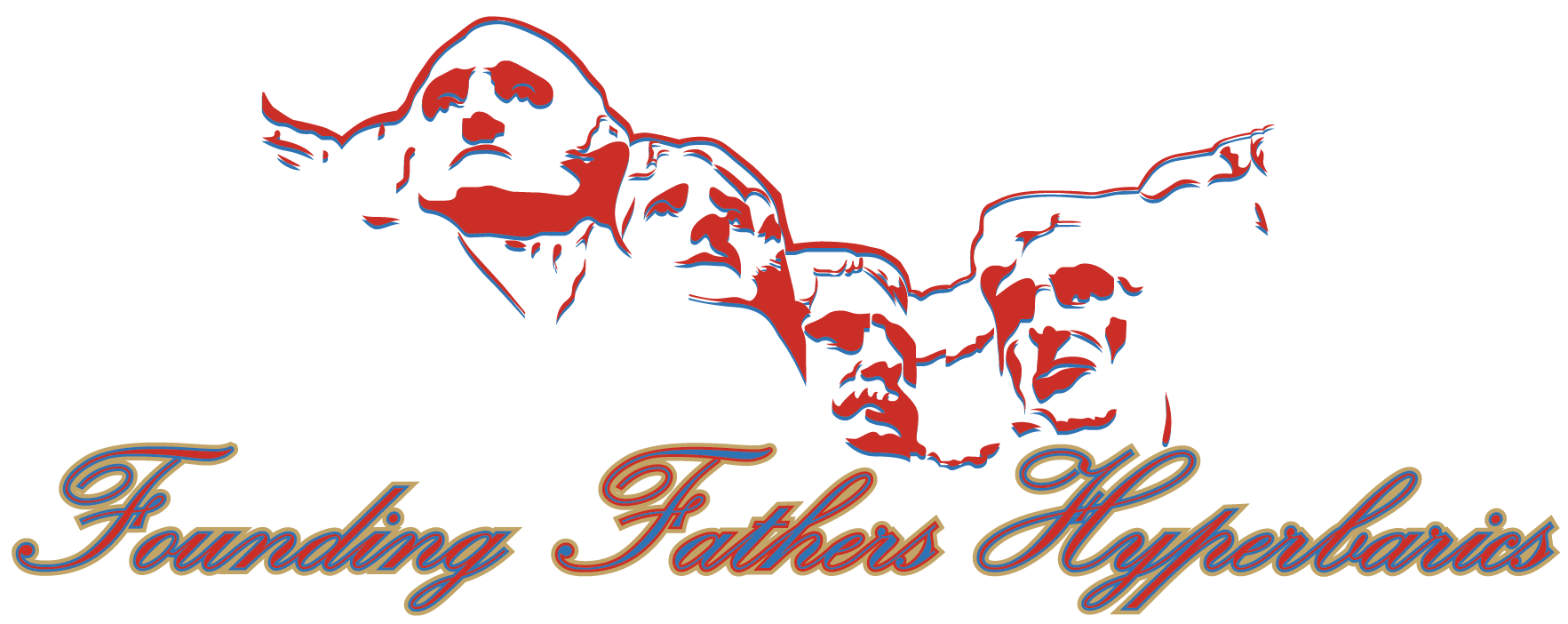Decompression Sickness (DCS), sometimes known as “the bends,” is a serious condition that affects divers who surface too quickly. This rapid ascent leads to the formation of gas bubbles in the bloodstream, which can cause severe pain and damage to tissues. Not just limited to divers, DCS can also affect aviators, astronauts, and anyone exposed to sudden changes in pressure.
The symptoms of DCS can range from joint pain and dizziness to more severe issues like difficulty breathing and paralysis. Recognizing these early signs is crucial for fast and effective treatment. The sooner the condition is diagnosed, the better the chances of a full recovery.
Hyperbaric Oxygen Therapy (HBOT) is one of the most effective treatments for DCS. By providing pure oxygen in a pressurized chamber, HBOT helps to dissolve the gas bubbles in the blood and tissue, speeding up the healing process. This therapy not only alleviates the symptoms but also prevents long-term complications by promoting better oxygen delivery to damaged tissues.
Decompression Sickness can be a frightening experience, but with the right knowledge and treatment options like HBOT, it becomes manageable. This article aims to provide a comprehensive guide on understanding DCS, its treatment using HBOT, and how to prevent it.
Understanding Decompression Sickness (DCS)
What is Decompression Sickness?
Decompression Sickness (DCS) happens when gas bubbles form in your bloodstream or tissues due to sudden pressure changes. This often occurs in divers who ascend too quickly. When under high pressure, like underwater, the body absorbs more gases like nitrogen. If you ascend too fast, these gases can form bubbles inside your body. These bubbles disrupt normal bodily functions and can cause severe pain or damage to organs and tissues.
Common Causes and Risk Factors
Several factors can increase the risk of DCS. Rapid ascents after deep or long dives are a primary cause. Traveling to high altitudes shortly after diving or experiencing any sudden change in pressure can also trigger DCS. Other risk factors include dehydration, fatigue, and poor physical fitness. Even cold water can make your body absorb more nitrogen, raising the risk of developing decompression sickness.
Symptoms and Diagnosis of Decompression Sickness
Recognizing the Early Signs
Early signs of DCS can vary but commonly include joint and muscle pain, often in the arms and legs. Some people may experience dizziness, excessive fatigue, or a skin rash. In more severe cases, symptoms can escalate to difficulty breathing, chest pain, numbness, or paralysis. Recognizing these signs early is crucial for effective treatment and better outcomes.
Diagnosing DCS: What to Expect
If you suspect DCS, seek immediate medical help. Diagnosis typically begins with a detailed medical history and description of recent activities, particularly diving. Doctors may perform physical exams and use imaging tests like MRI or CT scans to look for gas bubbles in the body. Blood tests might also be done to rule out other conditions. Once diagnosed, treatment usually involves Hyperbaric Oxygen Therapy (HBOT), which helps to dissolve the gas bubbles and restore normal body function.
Understanding and recognizing the symptoms and causes of DCS is vital for quick treatment and recovery. The sooner the condition is identified and managed, the better the chances for a full and speedy recovery.
How Hyperbaric Oxygen Therapy (HBOT) Treats Decompression Sickness
The Science Behind HBOT and DCS
Hyperbaric Oxygen Therapy (HBOT) works wonders for treating Decompression Sickness (DCS). When you’re in an HBOT chamber, you breathe in 100% pure oxygen at increased pressure. This pressurized environment allows oxygen to dissolve into your blood plasma more efficiently. The dissolved oxygen speeds up the elimination of nitrogen bubbles from your bloodstream and tissues, helping to alleviate the symptoms of DCS quickly.
Benefits of Using HBOT for DCS
HBOT offers several benefits for those suffering from DCS. Firstly, it reduces swelling and helps alleviate pain. The increased oxygen supply promotes faster healing and recovery, reducing the risk of long-term damage. Additionally, HBOT improves blood circulation, which can be vital in treating severe cases where major organs are affected. By speeding up the process of nitrogen bubble elimination, HBOT provides a safer and quicker recovery for divers and others experiencing DCS.
Steps to Prevent Decompression Sickness
Safety Tips for Divers
Preventing Decompression Sickness starts with safe diving practices. Always plan your dive carefully, including ascent times and depths. Make sure to take regular breaks during your dive to allow your body to adjust to the pressure. Always ascend slowly and make safety stops to release the absorbed nitrogen gradually. Stay hydrated and avoid alcohol or strenuous activities before and after diving.
Precautions Before, During, and After Dives
There are several precautions divers should take to minimize the risk of DCS. Before diving, ensure you are well-rested and in good health. Avoid flying or traveling to high altitudes soon after diving, as this can increase the risk of DCS. Use dive computers or tables to monitor your dive profile and follow recommended guidelines strictly. After diving, stay hydrated and rest to allow your body to decompress safely. If you feel any symptoms of DCS, seek medical attention immediately.
Conclusion
Decompression Sickness can be a serious condition, but it is both treatable and preventable. Understanding the causes, symptoms, and treatments is vital for anyone involved in activities that risk DCS. Hyperbaric Oxygen Therapy (HBOT) stands out as an effective treatment option, helping to quickly and efficiently alleviate symptoms and promote healing. Following proper diving practices and taking the necessary precautions can prevent DCS altogether.
For those who might be affected by DCS or are interested in learning more about the benefits of Hyperbaric Oxygen Therapy, we encourage you to reach out. Schedule your HBOT consultation at Founding Fathers Hyperbarics today and discover how our HBOT treatment can help you stay safe and healthy.

